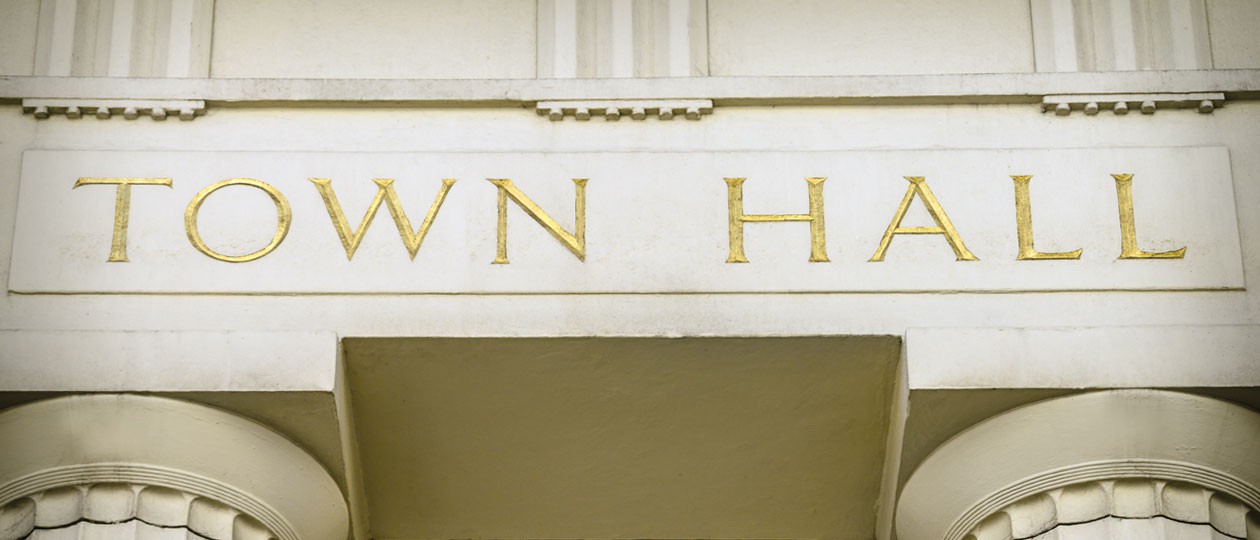A few weeks ago, we were asked to put together a list of what we believe to be the factors of high-quality design in a successful public sector or local government print magazine.
We thought about it for a while. Are there many differences between what makes a local-government magazine and any other publication look jaw-droppingly great?
The core principles of an impactful magazine layout apply equally to free or internal publications and newsstand titles, surely. An experienced magazine designer and content strategist should have the tools in their armoury to jointly adapt the techniques between the two and make a local government magazine attractive enough that people want to read it.
However, there are one or two specifics around audience and budget that might help editors and designers on residents magazines cater better for their readers.
The design of a magazine must suit your readers. Measuring and understanding your audience and their reading habits (what they read; any digital channels they use) – before you launch or redesign, and regularly thereafter – will help direct the style of your magazine. If your audience mostly reads Chat or Classic Rock, a magazine like The Economist wouldn’t be appropriate (even if that’s how you want it to look).
Start with a solid foundation. Create a firm yet flexible grid. This creates structure, making the magazine flow more naturally for an easier read. It helps align copy and images that are pleasing to the eye. It allows white space that gives pages room to breathe, so the design doesn’t appear overloaded or too dense to read.
Grab readers from the word go. Plan your lead story so you can commission a great cover photo. For local magazines with residents as cover stars, ensure you show the diversity of people within the community over several issues. If your magazine is posted to homes, make your masthead and strapline clear – your audience should be able to see instantly who they are receiving the publication from – and consider the impact of your entire cover wrap. A magazine with a drab back page that lands face down on the doormat might go straight in the recycling bin.
Design and content must be a true partnership throughout. The designer and editor should collaborate early on to form briefs for how stories are written that ensure pages look different from one another and articles don’t all follow the same format of 250 words and a pic. A variety of editorial, and therefore design, treatments will create pace.
Catch the reader’s eye. Is there enough visual appeal to draw in readers to a story? Columns of dense, uninterrupted copy can be daunting. Many people are time-poor and may skim-read your publication. It’s disheartening to know not every word of your magazine is read, but, sorry, it’s true. Presenting information in bite-size chunks – boxouts, fast facts, etc. – can give the gist of your story and entice readers to read the full article.
Make the best use of imagery. Take a holistic view of your page plan and spread your best photographs throughout the magazine. For local government magazines with small budgets, whenever you commission a photographer for a specific story, ask them to take other images from around the shoot location – the high street, local market or a group of shoppers/diners – and file these for whenever you need a general shot. Also, encourage keen amateur photographers among your audience to submit photos. Not only is this cost-effective, it makes readers feel included in the magazine.
Add shape to your layout. Layouts can be linear and blocky. Adding contrast to the design results in lively and engaging spreads. Different-sizes images and presenting some as cut-outs or in boxes/circles will create interesting shapes in the text and add to the texture of the design.
Reflect the people of the region. Residents’ magazines should create a sense of community. Ensure people have their voices heard through the content – first-person insights, letters, reviews of local events – and that the photography reflects the diverse age, race, gender and sexual orientation of your audience. If you want to highlight your area as a great place to live, full of opportunity, it has to be inclusive. Showing images from across the county – striking architecture or landscapes, or lively environments and events – encourages readers to explore parts of the county they’ve never visited.
Navigation is key. Ensure a reader’s journey through your publication is logical. Stories should be grouped together appropriately, and section headers and regular items clear. On each page/spread, hierarchy (size of headlines and photography) is vital to show readers what are the lead or must-read stories.
Highlight your calls to action. Engaging with your audience is a vital part of any communication. It’s important to make sure relevant contact details are clearly presented – they encourage dialogue with your readers and give them important links for getting more information online, especially driving traffic to your website. In local government publishing, this makes your magazine an essential resource for ongoing learning about the county.
RJ

